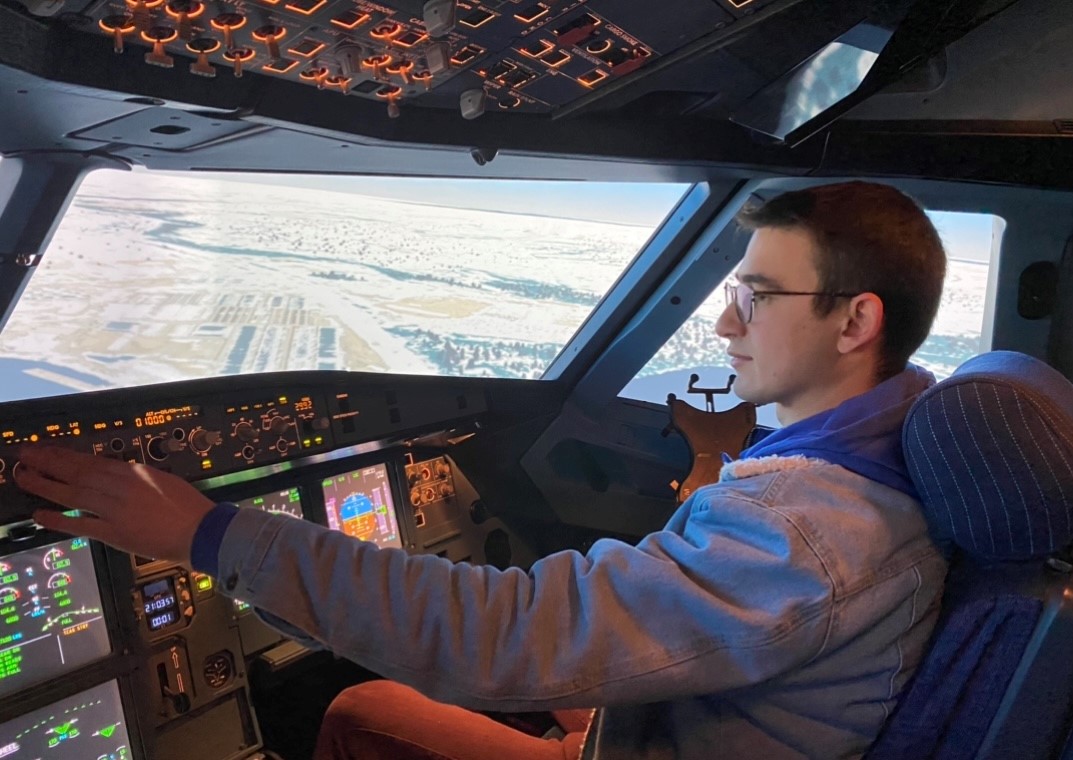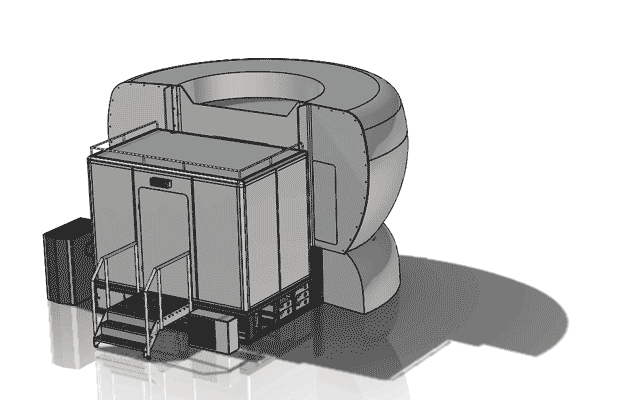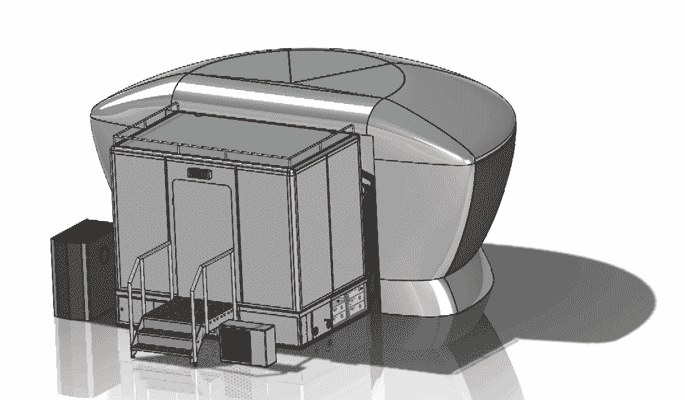Purdue University Bridges the Gap Between Student Flight Training and Multi-Crew Environment
About The Author:
Adam Dunham, 2020 Purdue graduate with a B.S. degree in Professional Flight and a 2021 graduate of Purdue’s M.S. Degree in Aerospace and Aviation Management
Adam has been flying for 5 years, accruing 1,000 hours of experience in general aviation aircraft and serving as a flight instructor at the Purdue University Airport. He has additionally served as an instructor in the MPS A320 simulator teaching student flight crews at Purdue University. He will begin training this summer for a major U.S. Airline flying the A320.
Adam Dunham explains how Purdue University uses their MPS devices:
Purdue’s Aviation program includes use of two MPS simulators, the A320 and B737 NG FTD. The university is well positioned to optimize MPS technology, giving students an unparalleled competitive advantage in the aviation industry and opening new career pathways.
Purdue University’s School of Aviation and Transportation Technology excels at not only helping flight students acquire their required flight ratings but bridges the gap between single-pilot flight operations traditionally seen in collegiate aviation and the multi-crew environment experienced in the air transportation industry. The Transport Aircraft Simulation Laboratory is a senior year undergraduate course that utilizes both the A320 and B737 NG simulators provided by MPS. Students are introduced to transport category aircraft systems, operations, and multi-crew environment dynamics.
Student flight crews are introduced to elements of flight operations that otherwise would not be seen until airline training, such as simulated coordination with ramp crew for gate push-back or giving passenger announcements. The high-fidelity devices allow for students to be immersed in different climates, airports, and flight situations. From an instructor standpoint, the device utilizes an interface module that is easy to navigate through and understand.
Students from other plans of study have also utilized MPS devices to get a glimpse into the flight operations world, as many of the students had never been on or seen a flight deck before. This experience allowed them to have a new perspective when researching aviation safety reports.
Favorite features:
Handling emergency scenarios is a mainstay in successful type training. The MPS devices allow for students to be confronted with a wide array of system failures in flight and on the ground. Engine failures on takeoff allow students to respond quickly to the threat while also relying on their flight partner to secure the aircraft’s systems. The ability to quickly pause a scenario allows students to learn the various stages of a failure without being overwhelmed by a continuous situation. This proves highly conducive to learning.
In addition to the excellent graphics of the simulator, there are some key features that enhance student learning regarding airport operations. Active runway hold-short light bars allow students to see what operations are like at a larger airport. Emergency vehicles can be placed at the end of the runway to simulate emergency response to an aircraft in distress. Students often note the vehicles when coming in, feeling the gravity of what a real-life scenario would be like. The Traffic Advisory/Resolution Advisory feature gives students active visual monitoring ability for the traffic threat as well as providing accurate resolution prompts to mitigate the collision threat.

Photo: Adam Dunham, Purdue University
About Purdue University School of Aviation and Transportation Technology:
Purdue University’s School of Aviation and Transportation Technology, one of six departments and schools in the Purdue Polytechnic Institute, administers seven world-class undergraduate majors and a graduate program, including an aviation-focused Ph.D. program in Technology. It is one of the most recognized programs for the quality of its graduates. Faculty members work closely with undergraduate and graduate students and all segments of the aviation industry to conduct research related to grand challenges in sustainability, safety and quality.

